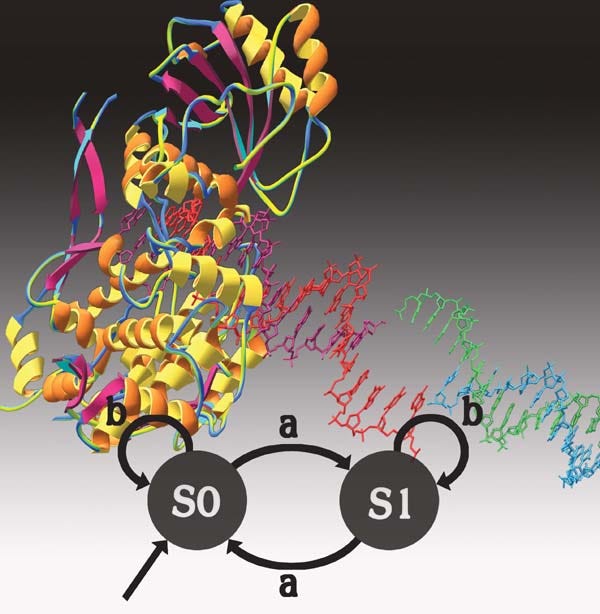Nanomachines Could Diagnose and Dispense within Organism Cells
Originally Published MDDI July 2004R&D DIGESTHeather Thompson
July 1, 2004
Originally Published MDDI July 2004
R&D DIGEST
|
Ehud Shapiro |
Tiny biological computers, a trillion of which can fit into a single drop of water, may hold the future of medical technology. A group of scientists from the Weizmann Institute of Science (Rehovot, Israel) have developed molecular-scale computers that use DNA software. These computers can fit inside a human cell and serve both as a system for diagnosis and as a delivery mechanism for treatment.
The team's research was the subject of a letter published in the April 28, 2004, on-line version of the journal Nature. The group, headed by Ehud Shapiro, studied the possibilities of inhibiting certain forms of cancer with a simply designed but effective system of nanocomputers.
Using autonomous programmable computers, the team demonstrated in vitro that the machines can sense environmental changes and make adjustments, such as distributing a necessary drug dosage. The machines can process molecular input and react to those data to output biological molecules.
In the experiment, molecules of messenger RNA served as input data. The computer distributed appropriate, biologically active molecules in response to the RNA. Shapiro's team designed the computers to recognize abnormal strains of messenger RNA produced by genes that cause certain types of lung and prostate cancer. The computers responded by releasing special DNA molecules that worked to inhibit the genes' expression.
|
Green and blue DNA molecules provide data as input. Software DNA (red/purple) encodes program rules. Restriction enzymes (ribbons) function as computer hardware. Inset: The computer sorts the input data to produce simple yes or no diagnostic sequences (click to enlarge). |
A previous letter, published by Nature in November 22, 2001, explained the process that Shapiro used to create the biological machines. Computers made from DNA solve calculations similar to computers made from silicon chips and electrical circuits. Hardware for the minuscule DNA computer consists of two enzymes. One, called a nuclease, can cut DNA strands, while the other, a ligase, can fuse the strand back together. The enzymes look for recognition sites along the DNA software and process DNA to result in a binary system that can answer simple questions. This process functions much like early computers that used data tape to give yes or no responses. Using computers programmed to analyze RNA for certain patterns, the computers determine the nature of the gene and react by distributing the appropriate treatment.
Practical applications for humans and other organisms could be decades away, because there are many hurdles to overcome. The DNA computers created by Shapiro's team were only tested in a relatively forgiving environment of finely balanced salt solution. Ensuring that the computers will survive the harsh realities of the human immune system is an issue of concern. The computers would also need to be more complex than the prototype, which only recognizes mRNA related to cancer. The computers also need to accommodate a variety of treatments beyond DNA therapies to include drugs.
The research makes an “important conceptual leap,” especially considering that the computers can be incorporated into living systems, said DNA computer expert Lloyd Smith from the University of Wisconsin, Madison. He likened the technology to the 1966 film Fantastic Voyage and observed that often, “science fiction is driving technology.”
Copyright ©2004 Medical Device & Diagnostic Industry
About the Author(s)
You May Also Like



.png?width=300&auto=webp&quality=80&disable=upscale)
